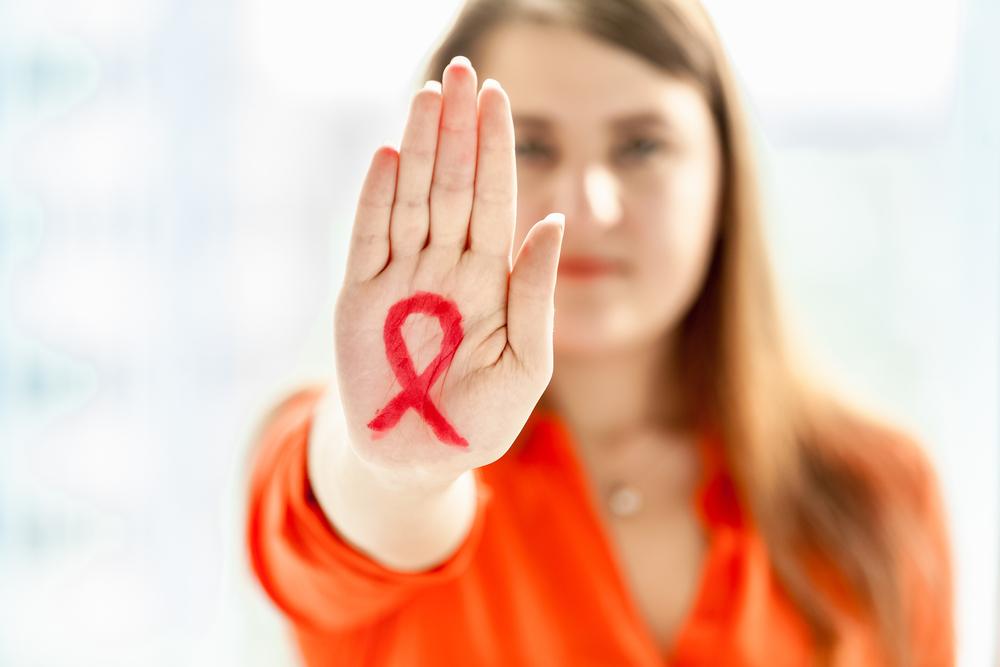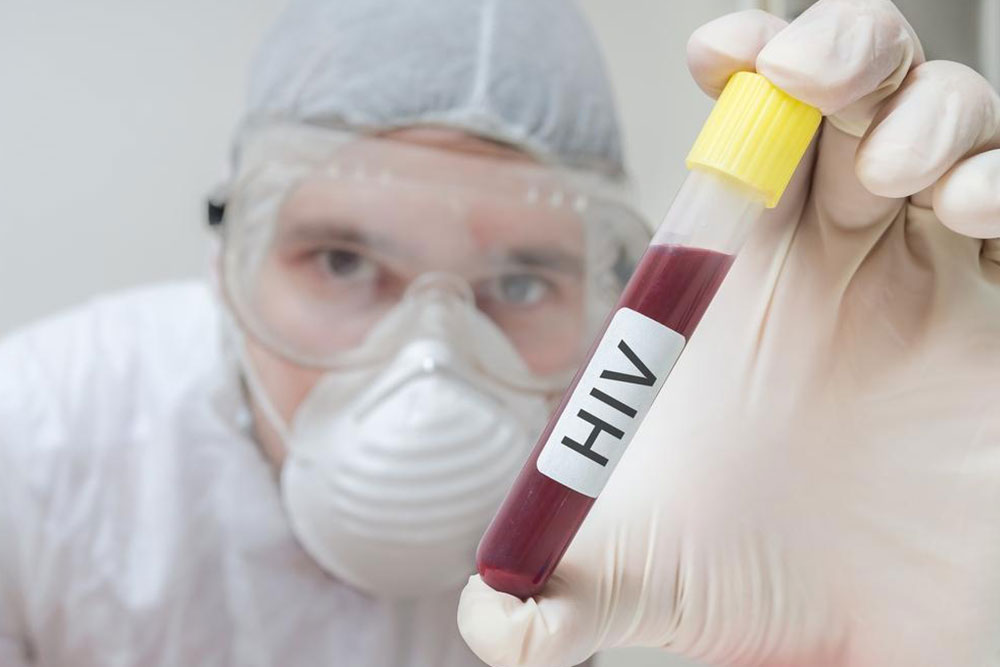Comprehensive Guide to HIV Infection: Lifecycle and Modern Treatments
This comprehensive guide provides an in-depth overview of HIV infection, detailing its seven-stage lifecycle and the latest treatment options. Understanding each stage helps in appreciating how antiretroviral therapies work to control the virus, emphasizing early diagnosis and treatment adherence. The article highlights the importance of managing HIV effectively to prevent progression to AIDS and improve quality of life. Discover how modern medicine targets various points in the infection process, and learn about ongoing advances toward a potential cure and better preventive strategies. Essential reading for health professionals and individuals living with HIV.

An In-Depth Look at HIV Infection: Understanding Its Lifecycle and Treatment Strategies
HIV, or Human Immunodeficiency Virus, represents a significant global health challenge due to its ability to compromise the immune system severely. It systematically attacks vital immune cells, primarily CD4+ T cells, leading to diminished immune response and heightened vulnerability to opportunistic infections. While many people associate HIV infection directly with AIDS, it is critically important to understand that HIV does not automatically progress to AIDS. Instead, HIV infection can be managed effectively with appropriate treatment, preventing or delaying the onset of AIDS. There are two primary types of HIV—HIV-1, responsible for the vast majority of cases worldwide, and HIV-2, which predominantly occurs in specific regions and tends to progress more slowly.
An understanding of HIV's intricate life cycle is pivotal to advancing treatment options and improving patient outcomes. HIV's life cycle involves multiple stages—each representing a potential target for tailored therapies aimed at interrupting the infection process. In this comprehensive guide, we explore each stage of the HIV life cycle in detail, clarify the mechanisms of infection, and examine how modern antiretroviral medications work to combat this resilient virus. Early diagnosis coupled with prompt initiation of antiretroviral therapy (ART) can significantly alter the disease trajectory, enabling individuals living with HIV to lead longer, healthier lives.
Understanding how HIV infects immune cells involves dissecting its seven key stages. Each phase presents unique opportunities for therapeutic intervention, which has led to the development of various classes of antiretroviral drugs. Grasping these stages is essential for both medical professionals and individuals living with HIV to comprehend how treatments work and why adherence to medication regimens is critical.
Stage 1 – Binding: During this initial phase, the virus recognizes and attaches to specific receptors on CD4+ T cells—main players in the immune response. The primary receptor is CD4, complemented by co-receptors such as CCR5 or CXCR4. Drugs known as CCR5 antagonists can block the virus from attaching, thereby preventing infection of the host cell.
Stage 2 – Fusion: After binding, the viral envelope fuses with the host cell membrane, allowing the viral core to enter the cell. Fusion inhibitors like enfuvirtide impede this step, preventing the virus from gaining entry into the cell’s interior.
Stage 3 – Reverse Transcription: Once inside, HIV RNA is converted into DNA by an enzyme called reverse transcriptase. This process is error-prone, but it is crucial for the integration of the viral genome into the host DNA. Reverse transcriptase inhibitors, such as zidovudine (AZT), block this conversion, preventing the virus from establishing a foothold in the cell.
Stage 4 – Integration: The newly synthesized viral DNA is transported into the nucleus, where the enzyme integrase inserts it into the host cell’s DNA. Integration inhibitors, like raltegravir, prevent this step, stopping the virus from permanently embedding itself in the host's genetic material.
Stage 5 – Replication: With its DNA integrated, the virus commandeers the host cell's machinery to produce viral proteins and RNA. This process results in the assembly of new viral particles. Antiretroviral drugs targeting reverse transcriptase and integrase reduce the amount of new virus produced.
Stage 6 – Assembly: Viral components—proteins and RNA—assemble at the cell membrane, forming immature viral particles ready for release. Proper assembly is essential for producing infectious HIV particles.
Stage 7 – Budding: The mature HIV particles bud off from the host cell, aided by the viral protease enzyme, which processes viral proteins into their functional forms. Protease inhibitors such as atazanavir interfere with this maturation process, rendering new viral particles non-infectious.
Managing HIV infection effectively begins with early diagnosis and the immediate commencement of antiretroviral therapy. These medications, often a combination of drugs from different classes, do not cure the infection but greatly suppress viral replication, prevent disease progression, and reduce transmission risks. Modern treatments have transformed HIV from a fatal disease into a manageable chronic condition. Adherence to prescribed medication regimens is essential to maintain control over the virus and prevent resistance development.
Furthermore, ongoing research continues to develop new therapies, vaccines, and strategies to eradicate HIV. Preventive measures such as pre-exposure prophylaxis (PrEP) also play a vital role in reducing infection rates. Ultimately, with comprehensive management—including medical treatment, emotional support, and community awareness—people living with HIV can enjoy improved quality of life and longer, healthier lives.





